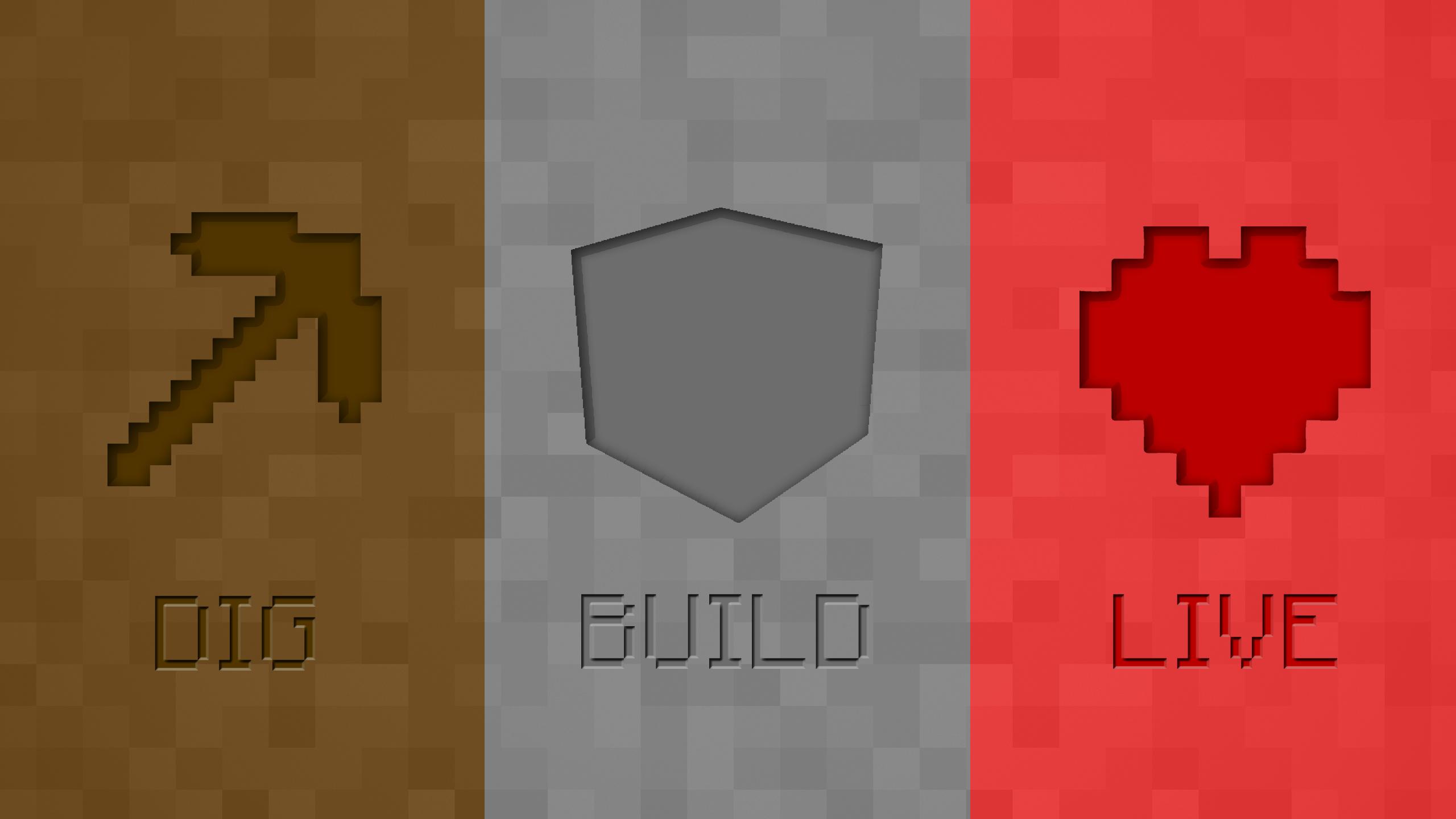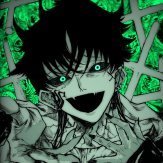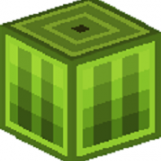How will the multiblock look like? Will the controller, input valve & output valve have specific places where they have to be, or can they be located anywhere in the 5³?
I presume the tank is going to be empty, yes?
Have your tank, tick every ~20 ticks (1 second) and if the multiblock has not yet been formed, scan for the nearest corner block.
A corner is very important in an equilateral cube.
A corner is defined as having exactly 3 wanted blocks, 1 on each axis. Once you have found your corner, you can get the opposite corner. You know the structure is 5³.
The opposite corner will exist ±4 blocks away along the x, y & z-axis.
Once you have your 2 corners, you know your structure, without knowing the structure.
Scan once more, inside this 5³ cube, (Using BlockPos#getAllInBox) and skip over any blocks "inside" your tank, only going along the outer layer. If you encounter 1 input valve, and 1 output valve, and all other blocks consist of the tank-blocks, woohoo, we know the tank is complete!
As for models: JSON models can not extend outside the "blockspace", though the model itself can be translated along any axis. This means that you will not be able to use a normal JSON for this.
You can use a TESR, but over-use, and non-optimized, will kill FPS.
You can start with a TESR; but I would recommend that you at least eventually make use of a custom IBakedModel, with the List<BakedQuad> scaled to fit the 5³. Custom IBakedModels take a bit to get comfortable with, but once you do, they are very easy.
For fluids, you can look at Tinkers' Construct, but I would also recommend that you view Vazkii's Botania mod. The manapools render themselves through a JSON, but the mana inside is rendered with a TESR, and are optimized.




